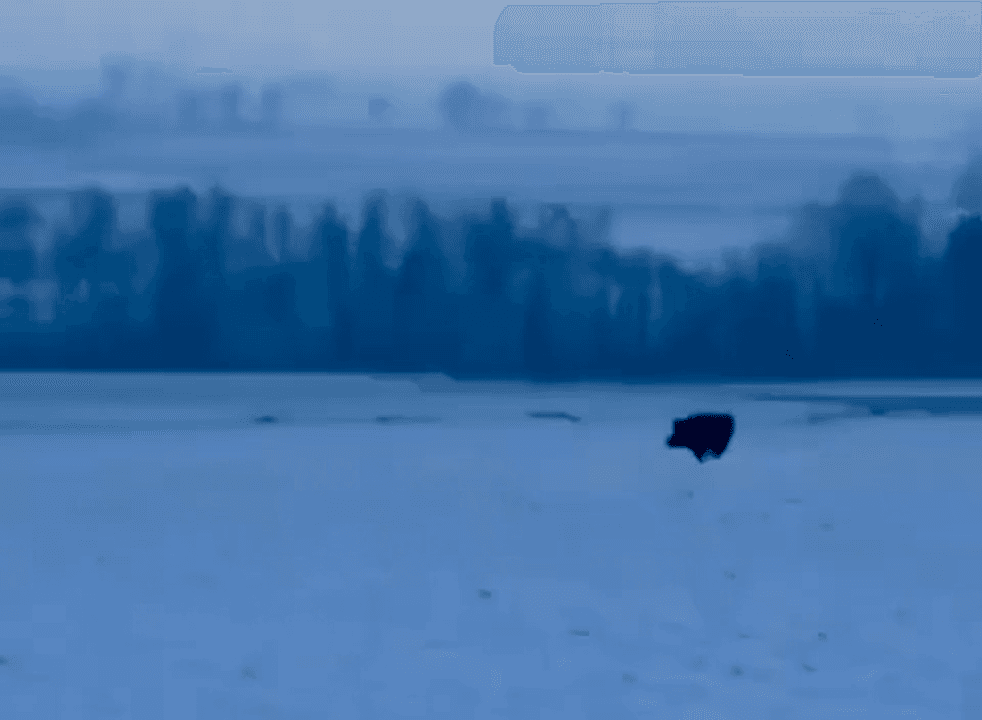
A Night in Hippo Heaven By Donald J Stoner It is said that hippos kill more people in Africa than any other animal (if you exclude mosquitos). But does that qualify them to be classified as dangerous game. I have certainly had my doubts until, that is, an experience I had one night in a farmer’s field. There is no question that an animal that weighs two tons, can run up to 20 mph and has huge teeth, has the potential of being dangerous. The danger is highest if you happen to catch a hippo on the land. Water is their preferred environment and they seem less threatened there. I don’t think any predator will attack a full-grown hippo in the water, although a big croc will certainly snatch a small hippo given half a chance. On the other hand, lion, especially a large pride, will attack a hippo if they catch it on land. This may have something to do with hippo temperament when they are away from water. Threaten a hippo on land, and it will head straight for the nearest water an
Post: 15 December 09:24
















































